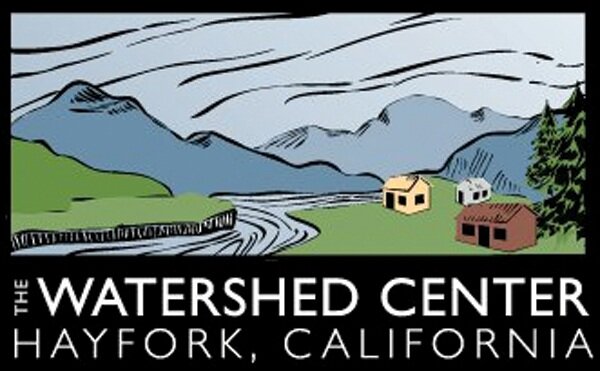Save our Spring Chinook
In California we are at risk of losing our Spring Chinook Salmon.
The South Fork Trinity River is the southernmost habitat for the Klamath-Trinity ESU Spring Chinook. Unfortunately, our local Spring Chinook salmon population has been declining at an alarming rate. In fact, Spring Chinook are at risk of local extinction — and Trinity County could make or break their survival. In Trinity County, our salmon are battling drought, over-pumped and dry creeks, sediment from bulldozed roads, and an overabundance of foreign nutrients in the river.
Fish counts are on the decline.
Photo by Nathan McCanne, former WRTC Watershed Stewardship Program Technician.
In 1963, fish counts showed 10,000 Spring Chinook Salmon in the South Fork Trinity River. In 2016, snorkel surveys for the South Fork Trinity River counted only 61 Spring Chinook, and in 2017 there were only 15 Spring Chinook observed. South of Trinity County, populations of Spring Chinook are non-existent.
Here’s How You Can Help:
Maintain Your Roads. The biggest water pollution problem in Trinity County is sediment (dirt) runoff from poorly built or unmaintained roads.
Be aware of the serious impacts that can be caused by heavy equipment. If necessary, hire a knowledgeable and experienced contractor. Always schedule work for the dry season.
Do not leave exposed soils unprotected over the rainy season. Apply gravel, seed, or mulch.
Maintain or build water control features on your roads such as water bars, rolling dips, ditches, culverts, etc. and out-slope the road when possible.
Please download and consult the Handbook for Forest, Ranch, and Rural Roads: A Guide for Planning, Designing, Constructing, Reconstructing, Upgrading, Maintaining and Closing Wildland Roads issued by the Pacific Watershed Associates.
Ask Professionals! The Trinity County Resource Conservation District, 5 Counties Salmon Restoration Council, National Resource Conservation Service, and Watershed Center all have knowledgeable professionals who can make recommendations for road maintenance, repair, and construction. Please contact us.
Use Less Water. Water conservation is a concentrated effort we can make in the face of climate change, worsening drought, and overuse. We can’t alter the weather, but we can take steps to minimize human impact and build resiliency in our watersheds. To learn more about ways to conserve water, visit the Water Conservation page on the 5 Counties website.
Avoid over-fertilizing or using toxic chemicals that poison our rivers. Farm organic, keep chemicals stored responsibly, and be mindful of how much fertilizer you use. Organic or not, an overabundance of nutrients in the water contributes to deadly algae blooms. Over-fertilizing is also expensive and wasteful. Save money and follow recommended feeding schedules.
Don’t fish for Spring Chinook. Our actions matter. There are consequences for our choices. Not only is it illegal to fish for salmon in the South Fork Trinity River watershed, but it also does a lot of irreparable harm. When there are only 20-200 fish left, every fish counts. We can all help by not fishing for or consuming Spring Chinook.
Spread the Word. Tell people you know about the threat to Spring Chinook and encourage them to help protect them. Talk to your neighbors about water conservation. Share your practices and your efforts. Be a part of the change you want to see in your community.
Take action. Volunteer with us or donate to support our work. Learn more about how you can support the Watershed Center’s work to help Save the Spring Chinook by visiting our Events page, or contact Josh at (530) 628-4206 or via email at josh@thewatershedcenter.com.
If you are, or know, a cannabis farmer or rural gardener, download this latest and greatest Best Management Practices Guide. It has more detailed information on all of the above-mentioned topics and is a must-have resource for all conscientious farmers.


